



In 2024, data has become the lifeblood of modern business. But just collecting data isn't enough—it's about how you move, transform, and safeguard it at scale. That’s where designing the right data pipeline architecture comes into play. Imagine trying to pump water to an entire city using a weak, leaky pipeline—it won’t work. The same goes for handling large volumes of critical data across distributed systems and applications.
Whether you’re building real-time analytics dashboards, training machine learning models, or syncing data across teams, a well-architected data pipeline ensures smooth, secure, and scalable data flow from source to destination. In this blog, we’ll dive deep into how you can build scalable and secure data pipeline architectures in 2024—using best practices, modern tools, and intelligent design.
A data pipeline architecture is a structured flow that automates the collection, transformation, and delivery of data from various sources to a target system—like a data warehouse, lakehouse, or analytics platform. A typical pipeline consists of stages such as:
Ingestion: Bringing data in from sources like databases, APIs, logs, or IoT devices.
Processing: Transforming, cleaning, enriching, or validating data.
Storage: Storing data in scalable systems like cloud data lakes or warehouses.
Consumption: Making data accessible for analytics, machine learning, or business users.
In 2024, with data volumes exploding and threats evolving, designing a pipeline isn’t just about flow—it's about flexibility, scale, and security. A good pipeline supports high-throughput workloads, adapts to various data formats, and defends against breaches.
To build a data pipeline that performs well under pressure and remains resilient, it’s essential to focus on the following foundational pillars:
The first step toward building a reliable data pipeline architecture is ensuring it can handle growing data loads without performance issues.
How to achieve scalability:
Modular design: Break your pipeline into reusable, independent components for ingestion, processing, and storage.
Asynchronous processing: Use message queues (like Apache Kafka or RabbitMQ) to decouple pipeline stages and prevent bottlenecks.
Elastic infrastructure: Deploy on cloud platforms like AWS or GCP, using autoscaling features to accommodate load spikes.
Batch + stream support: Combine batch processing (Apache Spark) with real-time data streams (Apache Flink, Kafka Streams) for a hybrid setup.
A scalable pipeline grows with your business and avoids system crashes during traffic surges.
No matter how advanced your pipeline is, without proper security, it's vulnerable to data leaks, unauthorized access, or regulatory violations. In 2024, data privacy is non-negotiable.
Security best practices:
Data encryption: Use TLS/SSL during transit and encrypt sensitive data at rest with tools like AWS KMS or HashiCorp Vault.
Authentication and authorization: Implement strict role-based access control (RBAC) using identity providers like Okta, Auth0, or IAM policies.
Audit logs: Maintain detailed logs of data access and modifications to trace unusual behavior.
Data masking: Mask PII or confidential data during processing using tools like Immuta or Azure Purview.
Pipeline isolation: Run data processing jobs in isolated environments using Kubernetes namespaces or virtual private clouds.
Securing your data pipeline architecture reduces risk while building trust with stakeholders and customers.
No data pipeline is perfect. Failures happen. But resilient pipelines catch, isolate, and respond to failures quickly—without corrupting downstream data or halting workflows.
Strategies for observability and reliability:
Centralized logging: Use tools like ELK Stack, Datadog, or Grafana Loki to monitor logs across all pipeline stages.
Alerting systems: Trigger alerts for anomalies such as pipeline latency, schema mismatches, or failed jobs.
Retry logic: Implement smart retry mechanisms with exponential backoff to handle transient failures.
Data validation: Add sanity checks and row-level quality checks before loading data into production stores.
According to Databricks, modern data teams are using Delta Live Tables to build pipelines that can recover from broken jobs and automatically monitor freshness, reducing downtime dramatically.
Modern pipelines don’t just move data—they also need to explain where it came from, how it changed, and who touched it.
Why metadata matters:
Enables data discovery and traceability
Helps comply with regulations like GDPR or HIPAA
Prevents errors by visualizing dependencies and schema changes
Popular tools:
OpenLineage and Marquez for data lineage tracking
Apache Atlas for metadata management
DataHub by LinkedIn for data cataloging and governance
Building metadata and lineage into your data pipeline architecture enhances transparency and reduces the chaos of managing complex data flows.
Here’s a quick checklist of actionable tips to ensure your data pipeline architecture is future-proof, efficient, and secure:
Use containerization: Package pipeline components into Docker containers for better scalability and portability.
Favor declarative configs: Use YAML/JSON configs to make pipelines easier to version control and automate with CI/CD.
Automate testing: Validate data transformations using automated test suites to avoid logic errors in production.
Embrace data contracts: Define strict input/output formats and schemas between teams to prevent misalignment.
Leverage cloud-native tools: Tools like AWS Glue, Google Cloud Dataflow, or Azure Data Factory offer scalable, managed pipeline services.
Version control everything: Track changes to pipeline code, configurations, and schema using Git or DVC.
A thoughtful design ensures that your pipelines are not just technical systems—but business-critical engines that fuel innovation.
Let’s say you’re a large e-commerce company building a real-time customer behavior dashboard. Here's how your data pipeline architecture might look:
Ingestion: Web clicks and transactions captured via Kafka from frontend apps
Processing: Apache Spark processes purchase events and joins them with marketing campaign data
Storage: Data is written to a Snowflake data warehouse for scalable querying
Visualization: Power BI dashboards show key KPIs like conversion rates, cart abandonment, and customer lifetime value
Security: Access to dashboards is role-restricted, and all customer data is tokenized before storage
This setup enables the company to make real-time decisions on promotions, pricing, and ad targeting—driving both revenue and customer satisfaction.
In 2024, a business’s competitive edge is increasingly determined by how quickly and securely it can move data from source to insight. Whether you’re a startup or a global enterprise, having the right data pipeline architecture enables you to adapt, scale, and stay compliant.
From supporting real-time personalization to driving predictive analytics, the pipeline is the unseen hero powering modern digital experiences. A poorly designed pipeline causes delays, bad decisions, or even breaches. But a scalable and secure architecture creates confidence, agility, and competitive advantage.
Enqurious helps companies build intelligent, secure, and scalable data pipelines from the ground up. With our platform, teams can automate data workflows, monitor performance, and ensure compliance—without sacrificing speed or innovation. Whether you're handling 10,000 records a day or 10 billion, Enqurious empowers you to build pipeline architectures that grow with your business and protect what matters most. Connect with our team to explore the right solution for your business.

Passed the Databricks Gen AI Associate Certification with 56 questions in 90 minutes! Here's my honest experience, preparation strategy, time management tricks, and the exact resources that helped me succeed. Real insights for aspiring certificants.

A practical walkthrough of how I reduced heavy batch workloads using Change Data Feed (CDF) in Databricks. This blog shows how CDF helps process only updated records, cutting compute costs and boosting pipeline efficiency.

I dropped a table in Snowflake, then queried to verify it was gone. The system said it doesn't exist, but also showed it consuming 3.57 MB. That contradiction led me down a rabbit hole of metadata delays, missing commands, and hidden costs. Here's what I discovered.
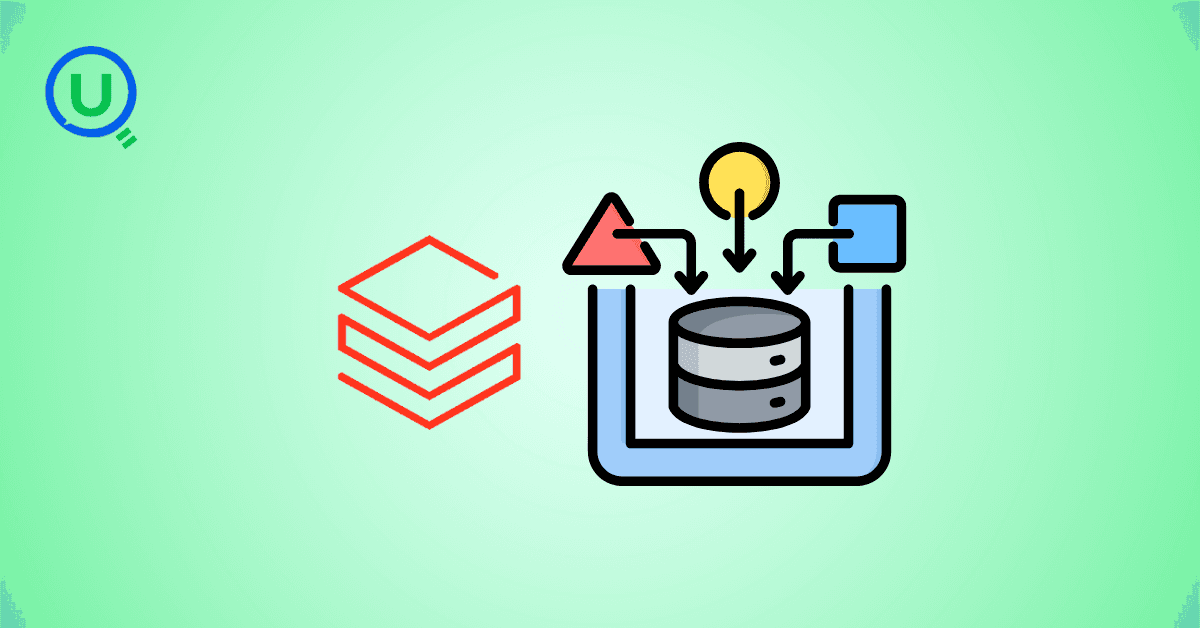
The AI industry has a security problem: data scientists aren't trained in security, ML engineers are working with black-box models, and security pros don't understand GenAI. Learn about the frameworks and tools bridging this gap—from Llama Guard to Databricks' safety features.
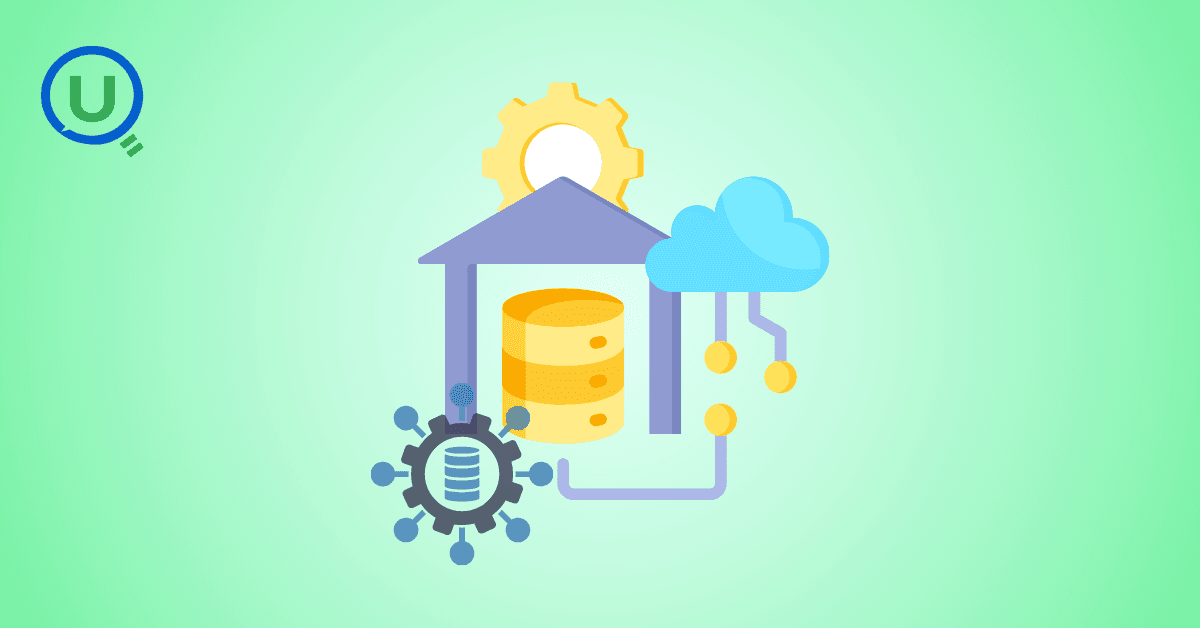
Why DELETE isn’t enough under GDPR, and how Time Travel can make sensitive data reappear unless VACUUM is used correctly.

This blog shares my personal journey into Snowflake Gen AI, from early confusion to hands-on clarity. It offers practical study tips, common pitfalls, and guidance to help you prepare effectively and understand Snowflake’s evolving AI capabilities.

Started scrolling Instagram at 2 AM. Saw Cloudflare memes. Fell down a 4-hour research rabbit hole. Discovered that AND database = 'default' could have prevented the whole thing. My sleep schedule is ruined but at least I understand distributed systems now.

Discover the top 10 data pipeline tools every data engineer should know in 2025. From Airflow to Fivetran, learn how each tool powers modern data workflows, supports real-time analytics, and scales across cloud ecosystems.
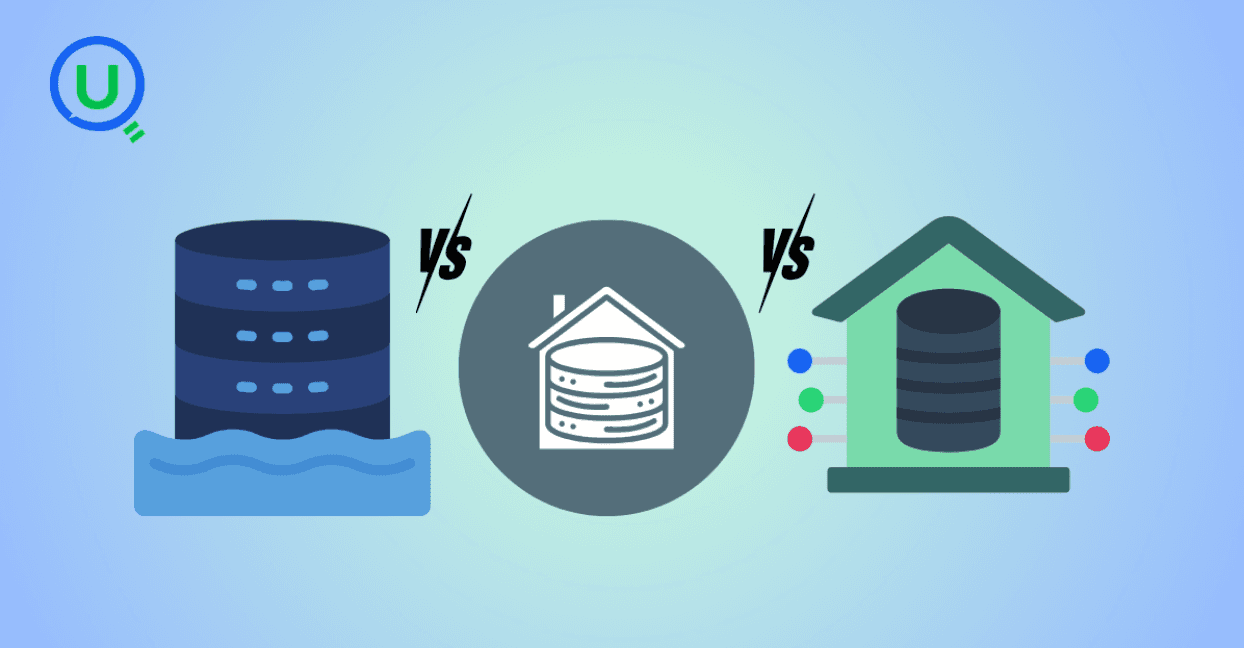
Confused between a data lake, data warehouse, and data mart? Discover key differences, real-world use cases, and when to use each architecture. Learn how to build a modern, layered data strategy for scalability, governance, and business insights.

Explore what syntax means in the world of data and AI—from SQL and Python to JSON and APIs. Learn why syntax matters, common errors, real-world examples, and essential best practices for data engineers, analysts, and AI developers in 2025.
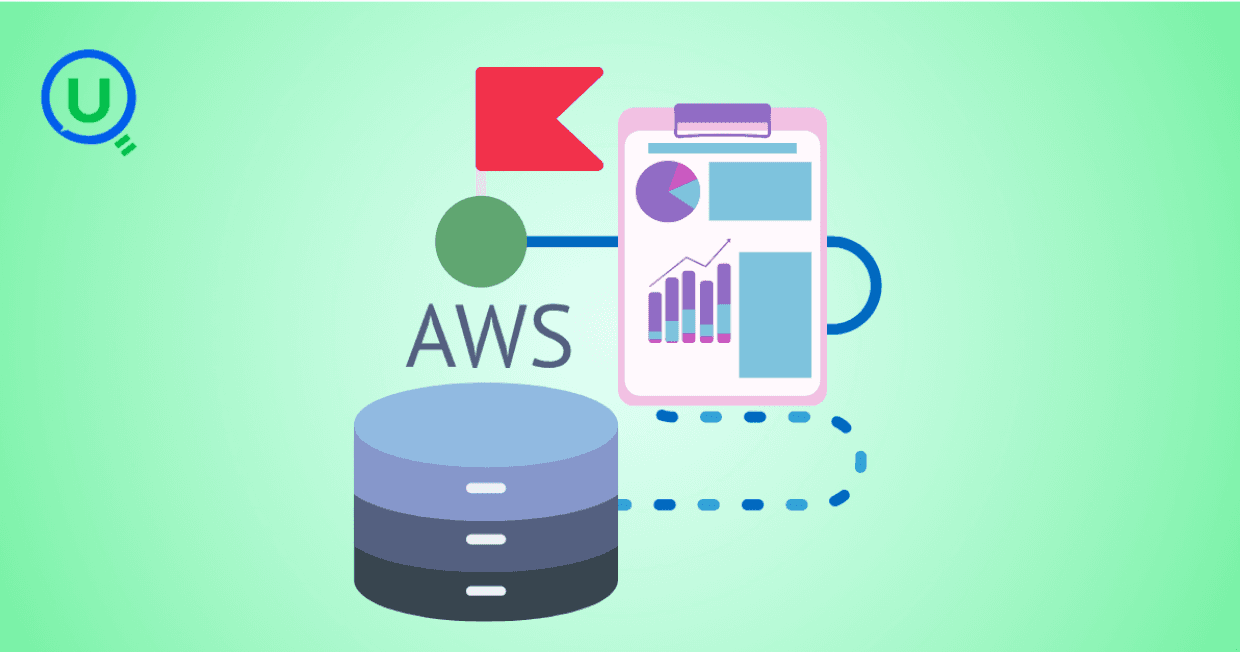
Discover how AWS Data Pipeline helps automate data movement and transformation across AWS services like S3, Redshift, and EMR. Learn its key features, benefits, limitations, and how it compares to modern tools like AWS Glue and MWAA.
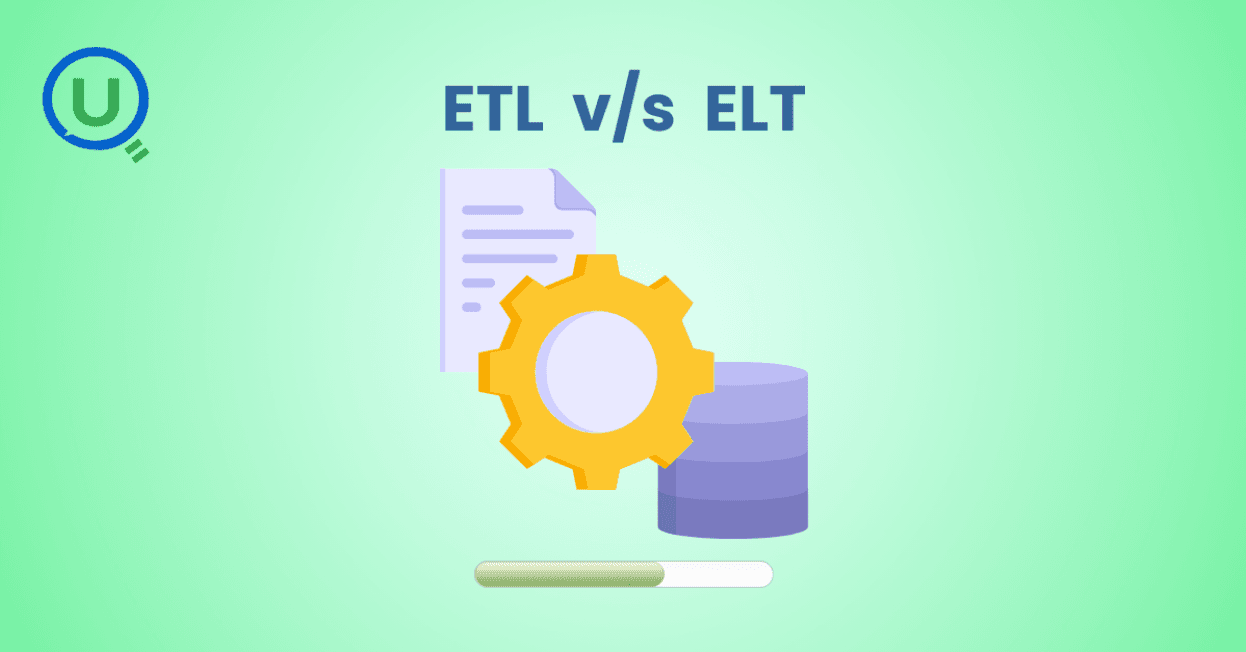
Explore the key differences between ETL and ELT data integration methods in this comprehensive guide. Learn when to choose each approach, their use cases, and how to implement them for efficient data pipelines, real-time analytics, and scalable solutions.
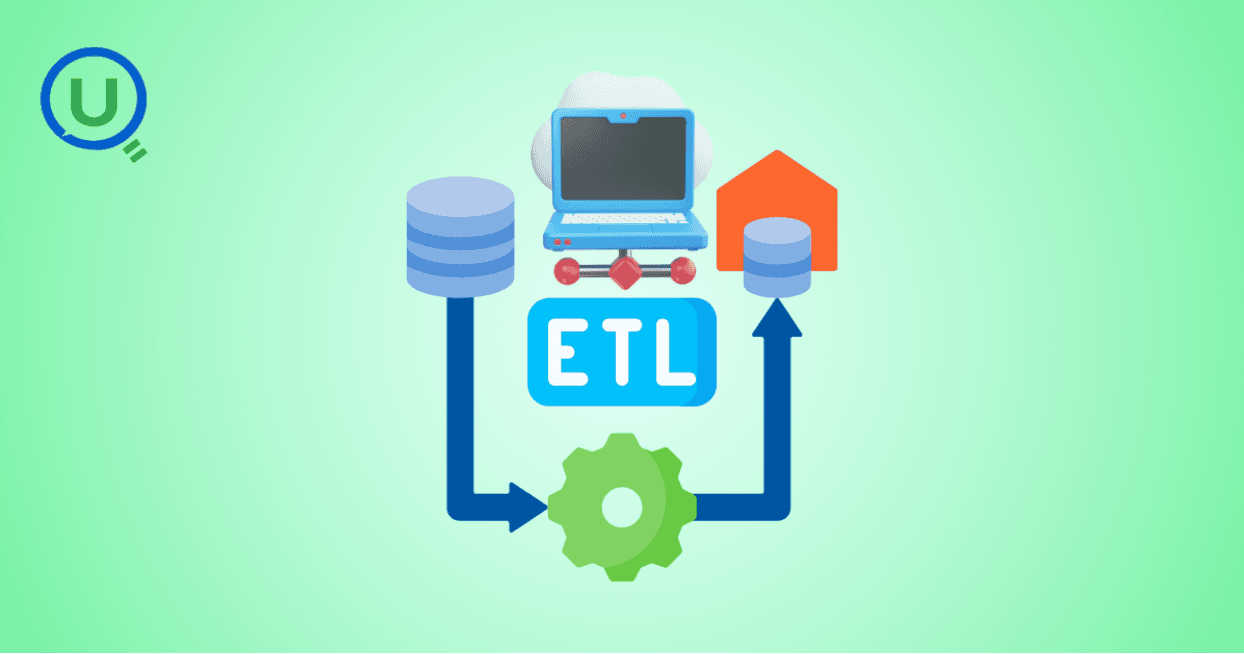
Learn the essential role of ETL (Extract, Transform, Load) in data engineering. Understand the three phases of ETL, its benefits, and how to implement effective ETL pipelines using modern tools and strategies for better decision-making, scalability, and data quality.

Discover why data orchestration and analysis are essential for modern data systems. Learn how automation tools streamline data workflows, boost insights, and scale with your business

Learn what a data ingestion pipeline is, why it's vital for modern analytics, and how to design scalable, real-time pipelines to power your data systems effectively.

Discover the top 15 data warehouse tools for scalable data management in 2024. Learn how to choose the right platform for analytics, performance, and cost-efficiency.
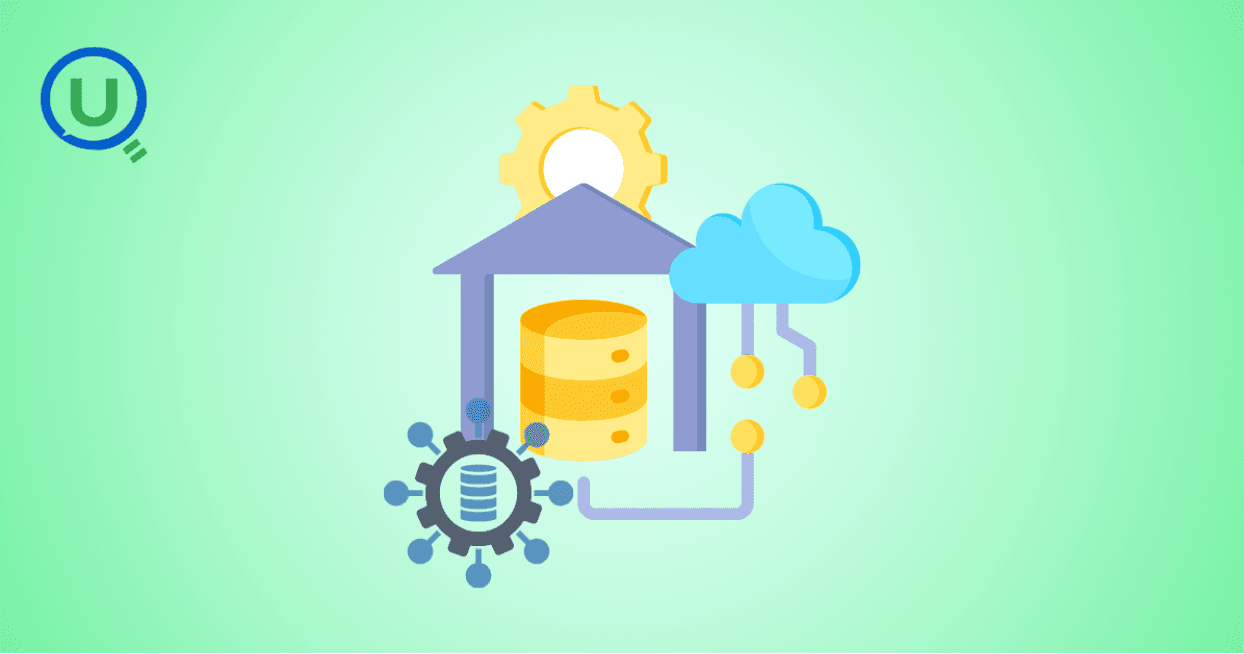
Confused between a data mart and a data warehouse? Learn the key differences, use cases, and how to choose the right data architecture for your business. Explore best practices, real-world examples, and expert insights from Enqurious.
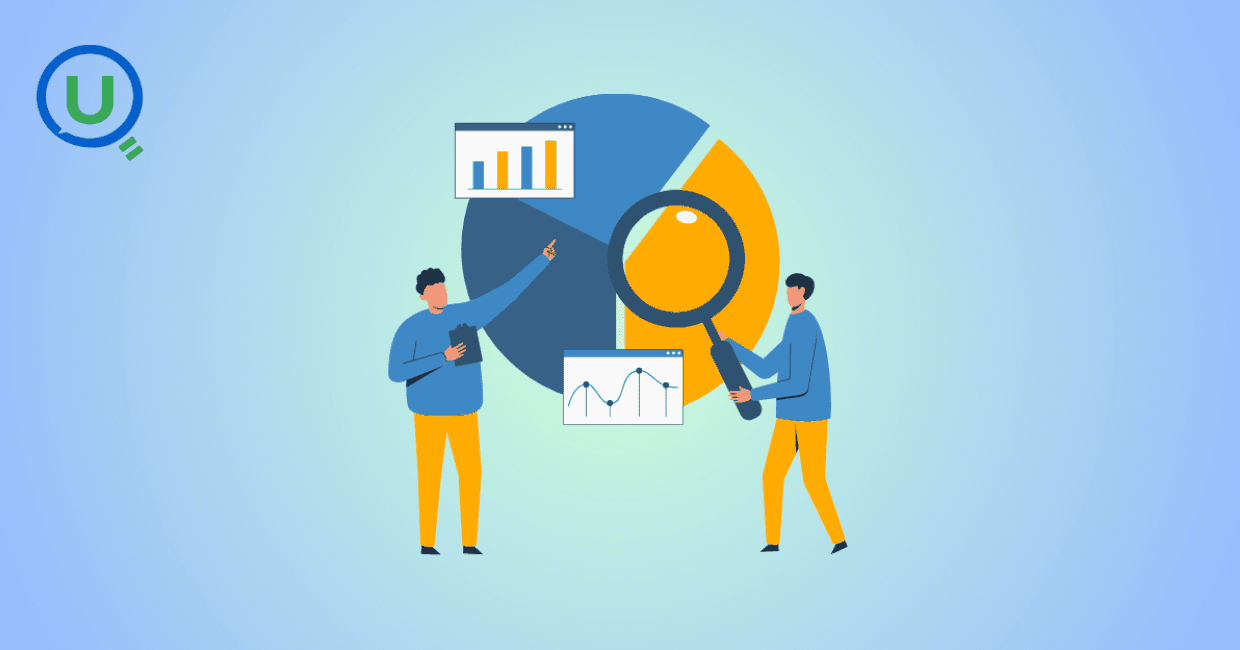
Discover the top 10 predictive analytics tools to know in 2025—from SAS and Google Vertex AI to RapidMiner and H2O.ai. Learn why predictive analytics is essential for modern businesses and how to choose the right tool for your data strategy.

Explore the key differences between descriptive and predictive analytics, and learn how both can drive smarter decision-making. Discover how these analytics complement each other to enhance business strategies and improve outcomes in 2025 and beyond.

Explore the key differences between predictive and prescriptive analytics, and learn how both can drive smarter decisions, enhance agility, and improve business outcomes. Discover real-world applications and why mastering both analytics approaches is essential for success in 2025 and beyond.
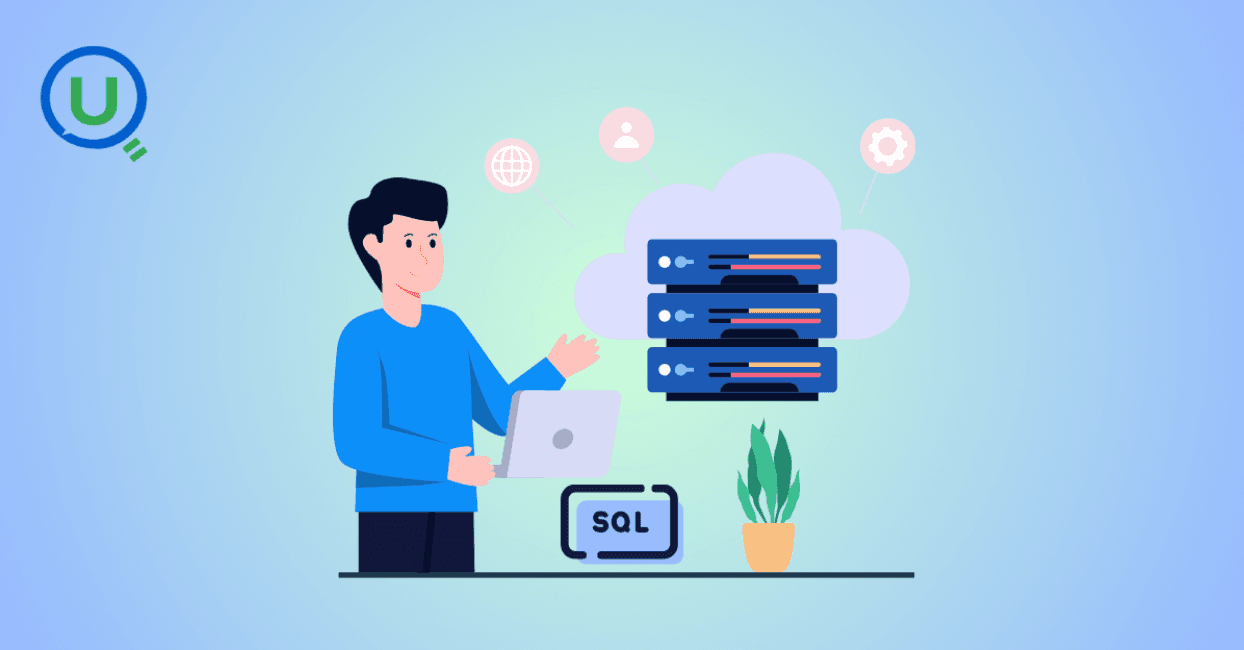
Compare PostgreSQL vs SQL Server in this comprehensive guide. Learn the key differences, strengths, and use cases to help you choose the right database for your business needs, from cost to performance and security.

Learn what Power BI is and how it works in this beginner's guide. Discover its key features, components, benefits, and real-world applications, and how it empowers businesses to make data-driven decisions.

Explore what a Business Intelligence Engineer does—from building data pipelines to crafting dashboards. Learn key responsibilities, tools, and why this role is vital in a data-driven organization.
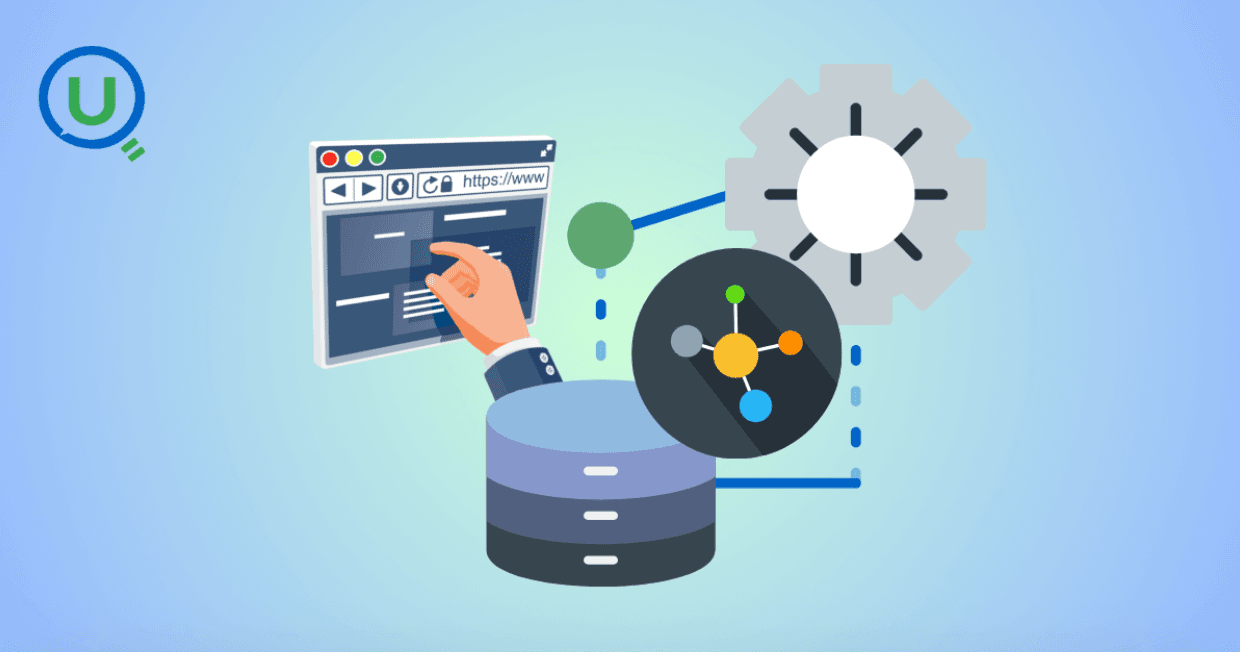
Discover why data lineage is essential in today’s complex data ecosystems. Learn how it boosts trust, compliance, and decision-making — and how Enqurious helps you trace, govern, and optimize your data journeys.

Learn what a data mart is, its types, and key benefits. Discover how data marts empower departments with faster, targeted data access for improved decision-making, and how they differ from data warehouses and data lakes.

Master data strategy: Understand data mart vs data warehouse key differences, benefits, and use cases in business intelligence. Enqurious boosts your Data+AI team's potential with data-driven upskilling.
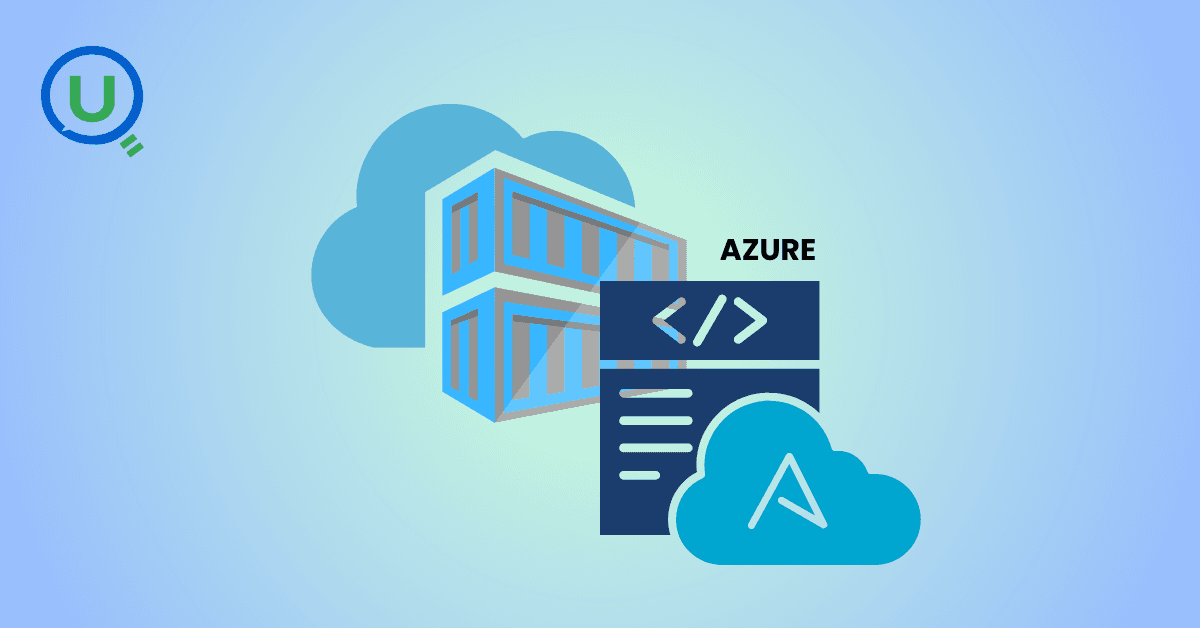
Learn what Azure Data Factory (ADF) is, how it works, and why it’s essential for modern data integration, AI, and analytics. This complete guide covers ADF’s features, real-world use cases, and how it empowers businesses to streamline data pipelines. Start your journey with Azure Data Factory today!
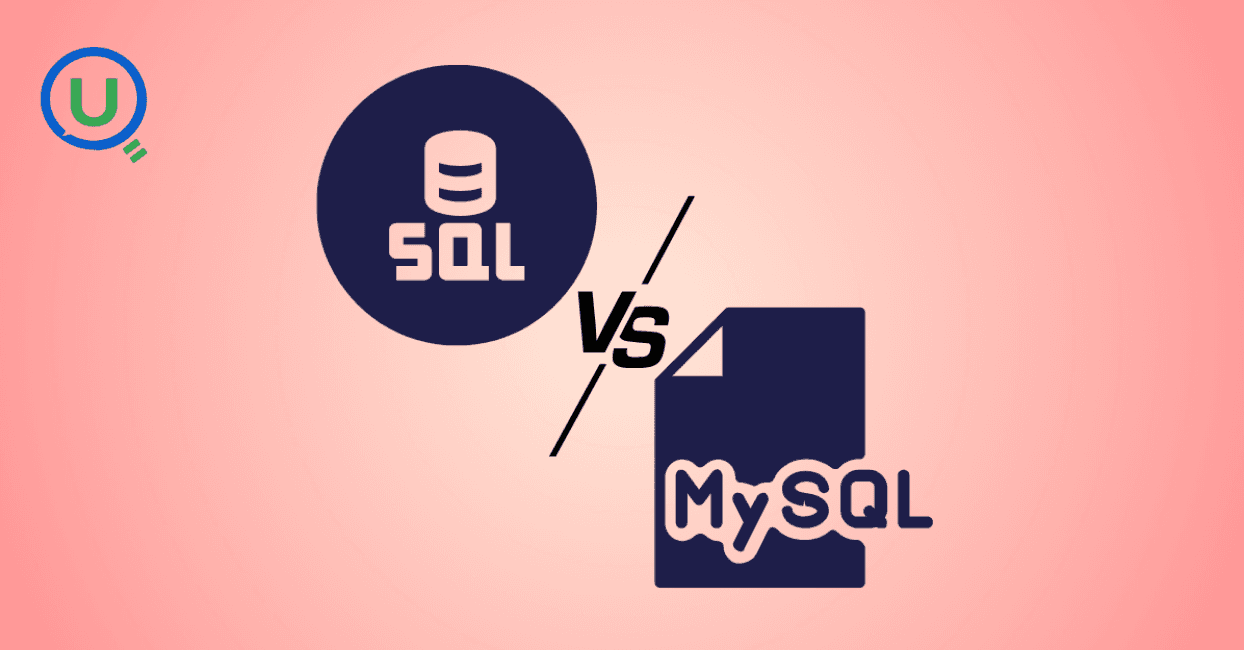
Discover the key differences between SQL and MySQL in this comprehensive guide. Learn about their purpose, usage, compatibility, and how they work together to manage data. Start your journey with SQL and MySQL today with expert-led guidance from Enqurious!
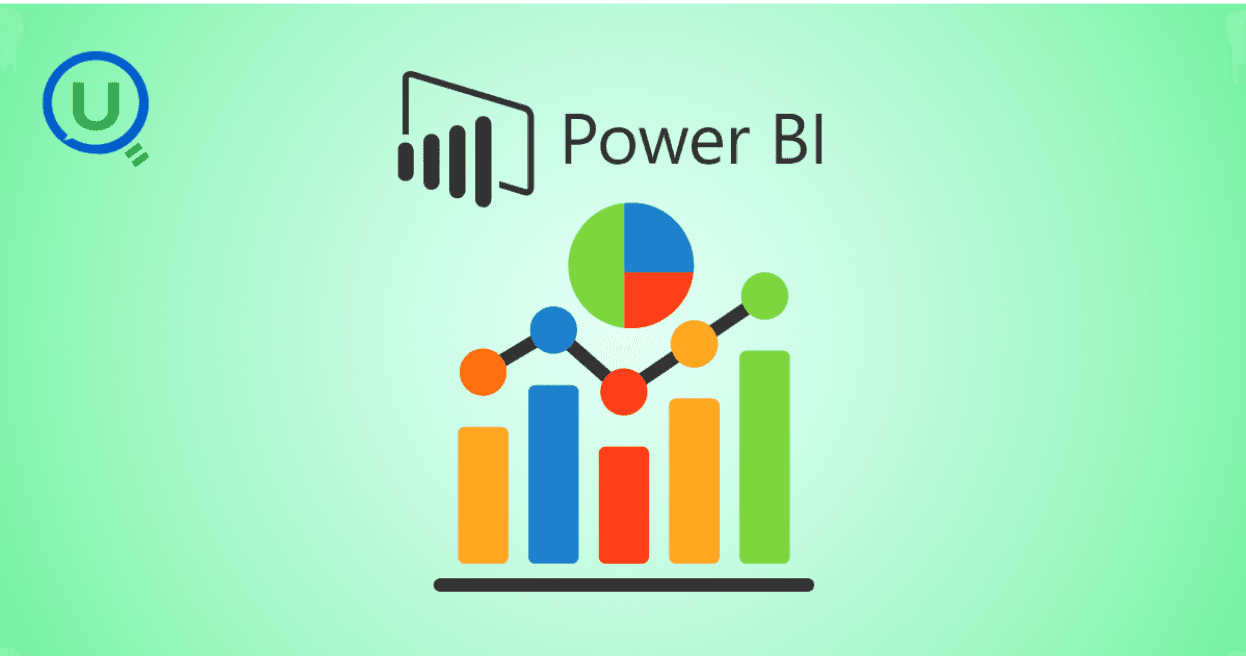
Learn Power BI from scratch in 2025 with this step-by-step guide. Explore resources, tips, and common mistakes to avoid as you master data visualization, DAX, and dashboard creation. Start your learning journey today with Enqurious and gain hands-on training from experts!
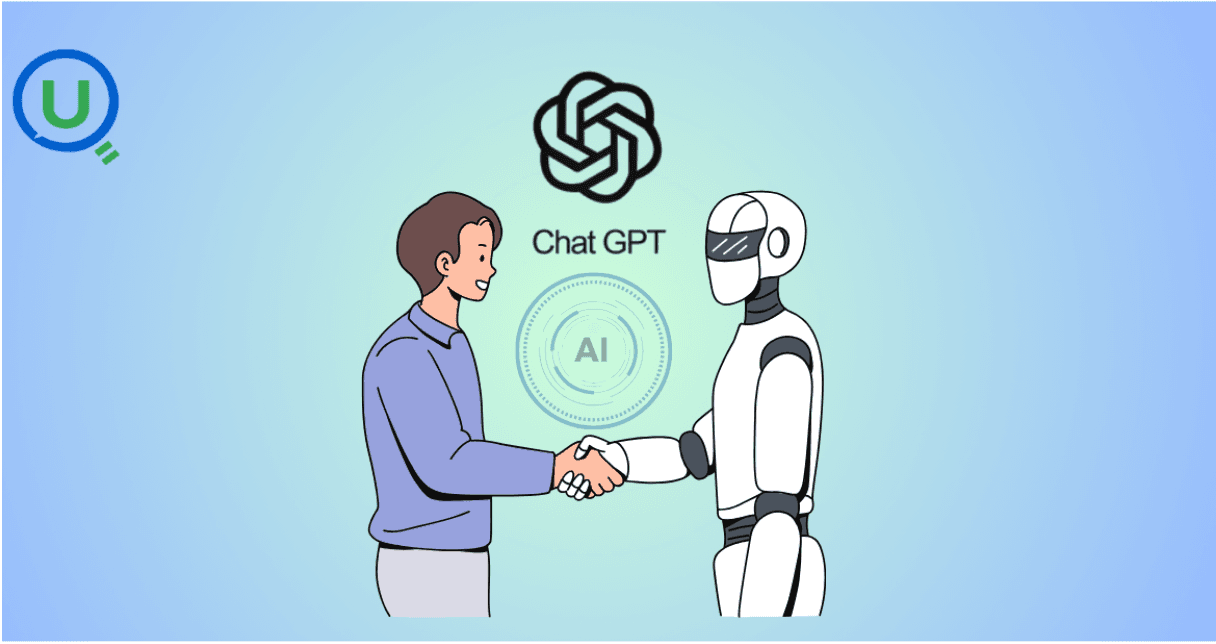
AI tools like ChatGPT are transforming clinical data management by automating data entry, enabling natural language queries, detecting errors, and simplifying regulatory compliance. Learn how AI is enhancing efficiency, accuracy, and security in healthcare data handling.
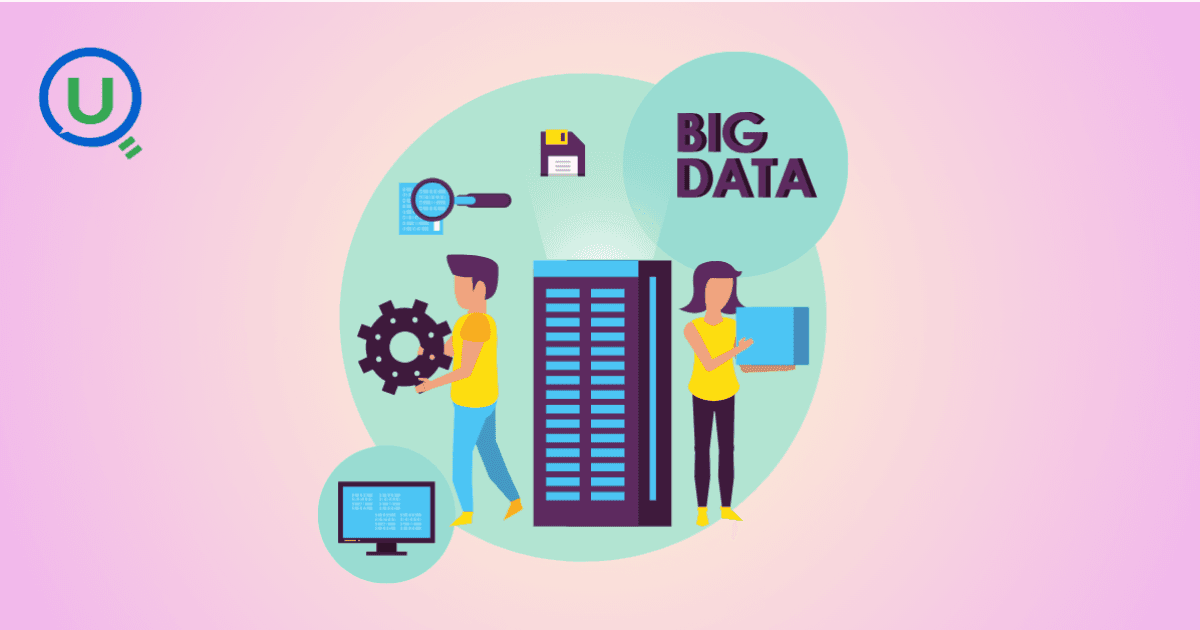
Big Data refers to large, complex data sets generated at high speed from various sources. It plays a crucial role in business, healthcare, finance, education, and more, enabling better decision-making, predictive analytics, and innovation.

Discover the power of prompt engineering and how it enhances AI interactions. Learn the key principles, real-world use cases, and best practices for crafting effective prompts to get accurate, creative, and tailored results from AI tools like ChatGPT, Google Gemini, and Claude.

Learn what a Logical Data Model (LDM) is, its key components, and why it’s essential for effective database design. Explore how an LDM helps businesses align data needs with IT implementation, reducing errors and improving scalability.

Discover the power of a Canonical Data Model (CDM) for businesses facing complex data integration challenges. Learn how CDM simplifies communication between systems, improves data consistency, reduces development costs, and enhances scalability for better decision-making.
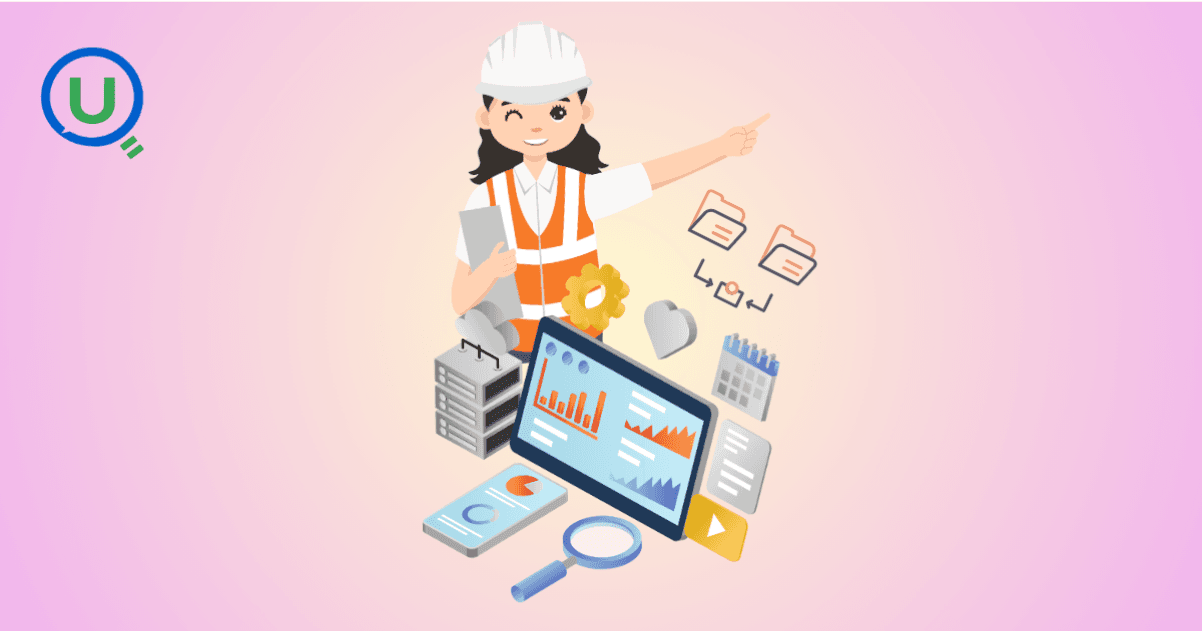
Discover the 10 essential benefits of Engineering Data Management (EDM) and how it helps businesses streamline workflows, improve collaboration, ensure security, and make smarter decisions with technical data.

Explore how vibe coding is transforming programming by blending creativity, collaboration, and technology to create a more enjoyable, productive, and human-centered coding experience.
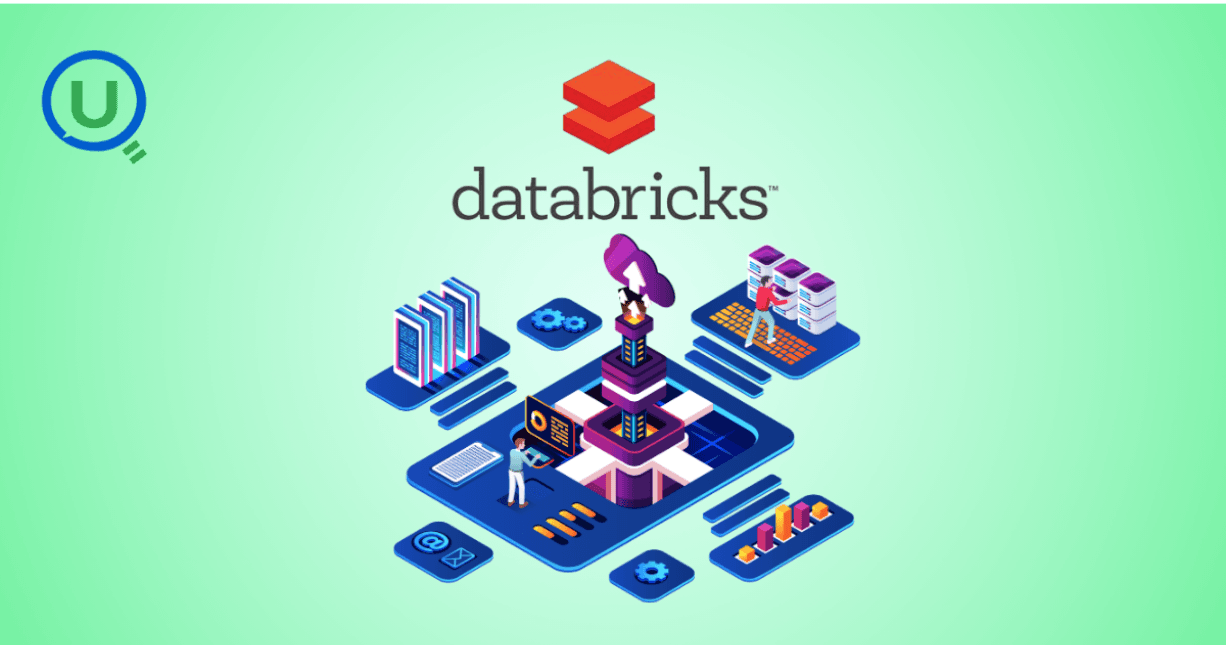
Learn how Azure Databricks empowers data engineers to build optimized, scalable, and reliable data pipelines with features like Delta Lake, auto-scaling, automation, and seamless collaboration.

Explore the top 10 data science trends to watch out for in 2025. From generative AI to automated machine learning, discover how these advancements are shaping the future of data science and transforming industries worldwide.

Discover the key differences between data scientists and data engineers, their roles, responsibilities, and tools. Learn how Enqurious helps you build skills in both fields with hands-on, industry-relevant learning.
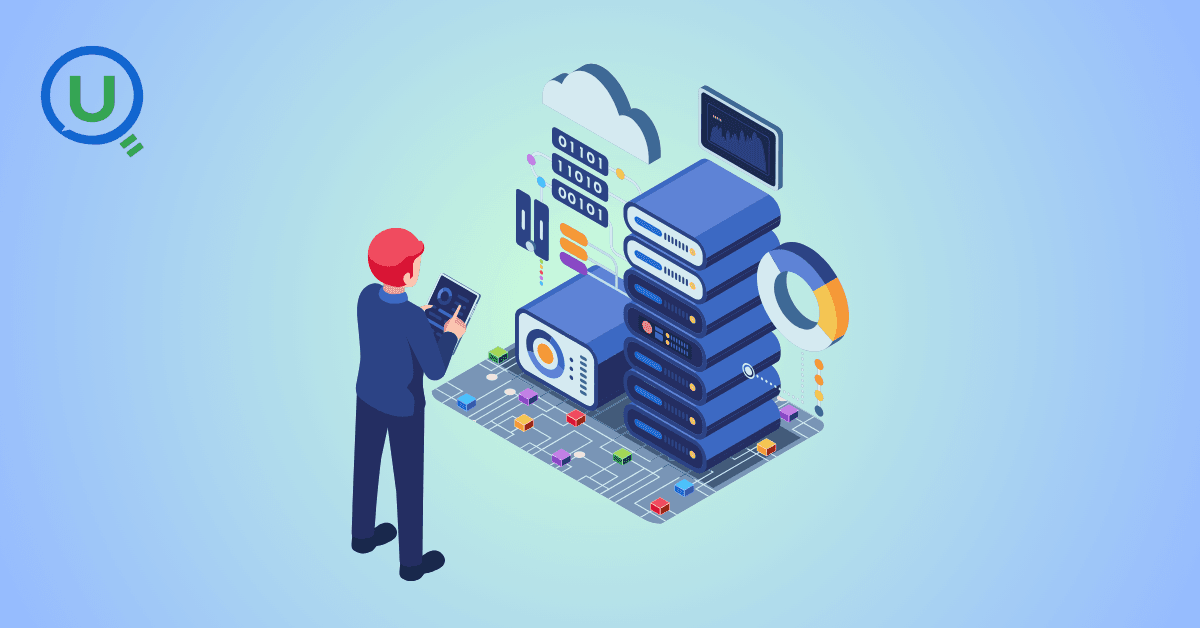
Discover the 9 essential steps to effective engineering data management. Learn how to streamline workflows, improve collaboration, and ensure data integrity across engineering teams.
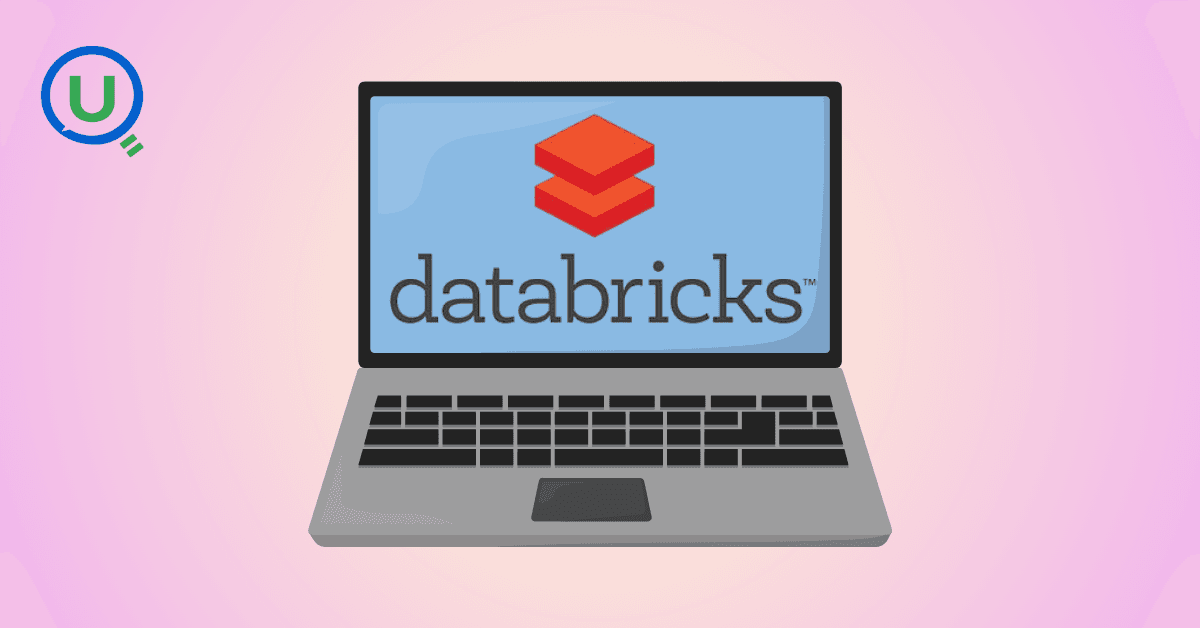
Azure Databricks is a cloud-based data analytics platform that combines the power of Apache Spark with the scalability, security, and ease of use offered by Microsoft Azure. It provides a unified workspace where data engineers, data scientists, analysts, and business users can collaborate.

In today's data-driven world, knowing how to make sense of information is a crucial skill. We’re surrounded by test scores, app usage stats, survey responses, and sales figures — and all this raw data on its own isn’t helpful.

In this blog, we will discuss some of the fundamental differences between AI inference vs. training—one that is, by design, artificially intelligent.

This guide provides a clear, actionable roadmap to help you avoid common pitfalls and successfully earn your SnowPro Core Certification, whether you’re making a career pivot or leveling up in your current role.

"Ever had one of those days when you’re standing in line at a store, waiting for a sales assistant to help you find a product?" In this blog we will get to know about -What is RAG, different types of RAG Architectures and pros and cons for each RAG.
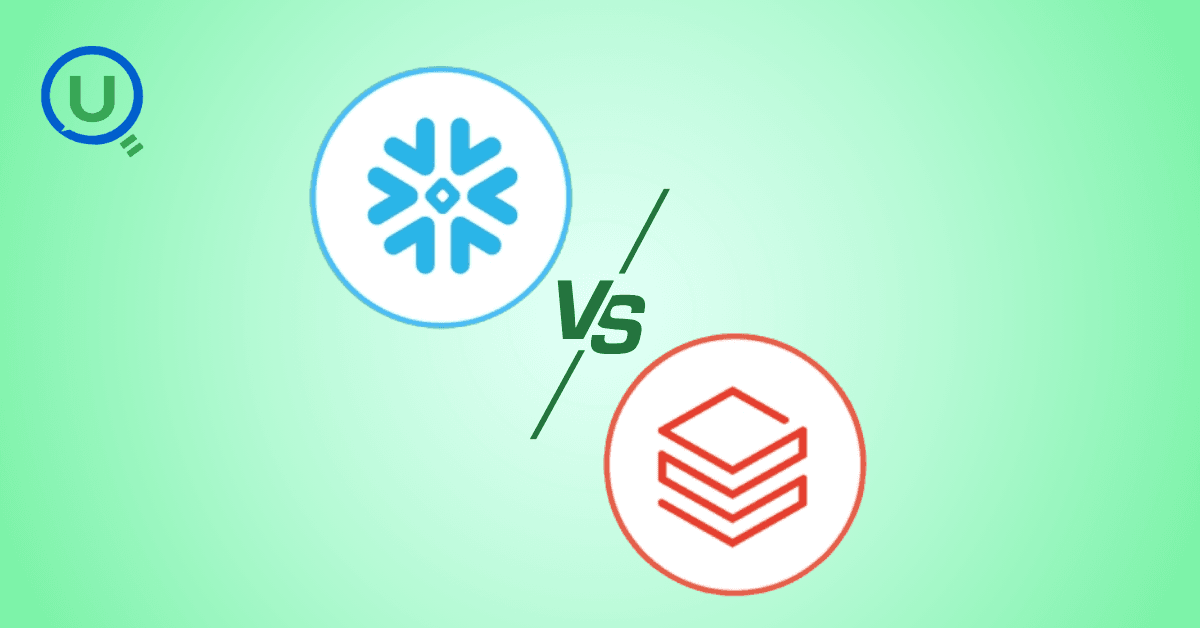
Discover how Databricks and Snowflake together empower businesses by uniting big data, AI, and analytics excellence

How do major retailers like Walmart handle thousands of customer queries in real time without breaking a sweat? From answering questions instantly to providing personalized shopping recommendations, conversational AI reshapes how retailers interact with their customers.